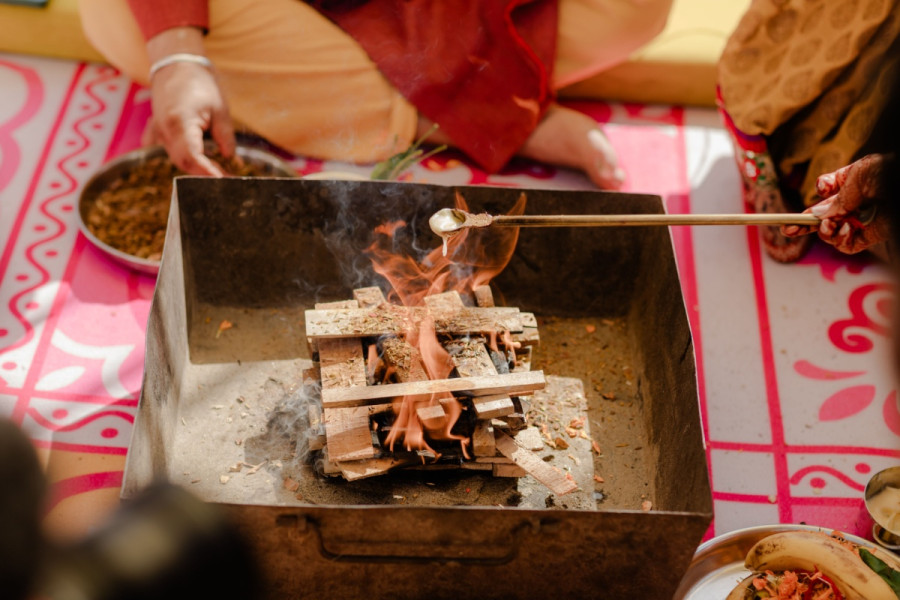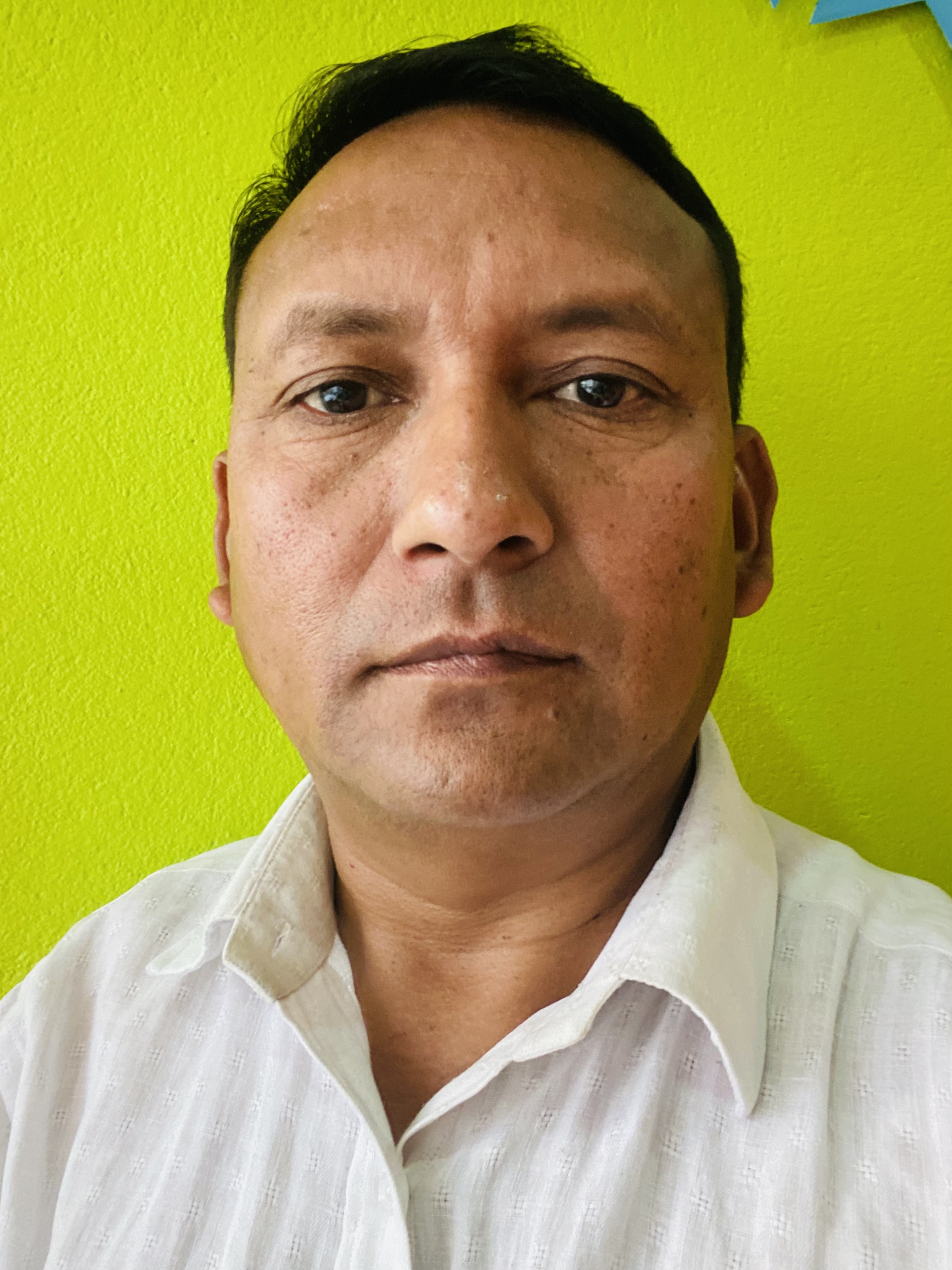Columns
Dalits and ritual pollution
Dalit freedom is impossible until they question the beliefs and practices of untouchability in rituals.
Mitra Pariyar
Recently, one of my relatives died in Kathmandu, and no Bahun pundit or purohit was available for the funeral services. They wouldn’t like to ‘pollute’ themselves by serving Dalit clients. As is common practice within the Dalit community, a pseudo-pundit from the same caste was hired to perform the ritual.
Unlike me, others weren’t bothered by this Brahmanic exclusion in this important ritual in this day and age. It further struck me that even Dalit lifecycle rituals are replete with the traditional practice of untouchability. Isn’t it oxymoronic for the same people to demand freedom from caste discrimination?
Fake Hindus
Wrapped in white clothing, the wife and the sons of the departed performing death rituals were required to avoid physical contact with other people and their objects. They prepared saltless food once a day and ate and drank separately. They had to be escorted to the toilets lest other people, cats and dogs touch them and spoil the sacred occasion.
The principle of segregation was strictly observed at the funeral, as everybody believed any transgression would likely anger the spirit of the deceased, potentially causing harm to the family members and close kin. As an atheist, I found this belief absurd, but this was a serious matter for the believer.
More importantly, these Dalits were not conscious of the fact that they were upholding the same principles of caste-based ritual purity and pollution that have long been used to exclude, humiliate and suppress them. It was challenging to make them understand that they were essentially reaffirming their own ‘impure’ or ‘untouchable’ status by following these ancient rules.
An overwhelming majority of Dalits consider themselves Hindus, but this is a ridiculous lie. In reality, they are what I call ‘pseudo-Hindus’. How can those completely excluded from religious and ritual arenas, disallowed to read the sacred texts (the Vedas in the main), and barred from entering the temples of the deities and gods they revere be called Hindus? If Dalits belonged to the same religious community, how come ‘upper-caste’ mourners refuse to even speak with them, fearing that exchanging words with the ritually impure would prevent the spirit of their dead from taking the highway to heaven, as it were?
Dalits may be fake Hindus, but many of their religious practices, customs and traditions, including their lifecycle rituals, have been designed in such a way that the concept of ritual pollution—untouchability—has been accentuated and perpetuated. By following the Hindu rituals and customs, even without the supervision of a Bahun pundit or priest, Dalits have unwittingly done a great service to the community of the apex castes that are bent on preserving caste hierarchy and persisting in the oppression of Dalits.
Herein lies the critical blockage on the path of Dalit freedom. Modern state laws are largely secular and have declared caste discrimination a punishable crime. It’s been a big achievement for Dalits in the past decades. Yet many Dalits continue to suffer from caste hatred and humiliation to date because religious practices and ritual traditions have made untouchability mandatory.
This is the critical fact that most Nepali Dalit activists have yet to wake up to. Their discourses still haven’t brought religious or spiritual issues to the spotlight.
Popular self-humiliation
My relatives may be forgiven for practising untouchability during the funeral, partly because they are not politically active and perhaps nobody has made them aware of these things thus far. But it is deeply frustrating that most Dalit politicians and intellectuals, including those who consider themselves genuine communists or Marxists, and who have been politically struggling for the elimination of caste discrimination for decades, themselves uncritically follow the rituals of caste separation at home.
We have seen and heard about many occasions where Dalit leaders, including ministers and members of parliament, and fierce Dalit rights advocates, follow the principle of ritual pollution at home, mainly seen in the religious and spiritual realms.
Many Dalits organise, for example, separate kitchens and dining spaces for the ‘higher’ and ‘lower’ castes during lifecycle rituals such as weddings, funerals, worship and other sacred occasions.
There was a time, following the democratic changes of the early 1990s, when Dalit activists organised forced entry into temples as an important part of their fight against casteism. This was when the doors of some of the bigger temples in towns like Kathmandu and Gorkha were thrown open to all devotees, including Dalits, although some did devise roundabout ways to prevent Dalit entry. However, today, Dalits are completely silent about religious and cultural issues related to caste and casteism.
There has never been a proper political discussion among Dalits about the central role of religion and culture in persisting caste discrimination. They did break some temples and kill cows, as instructed by their upper-caste leaders, in some hills and mountains during the People’s War. But somehow, even the Maoists didn’t seem to properly educate their cadres about the role of religion in dehumanising and dominating them through the centuries.
As the noted American scholar of Nepali Dalits, Steven Folmar, has observed, there is a great degree of internalisation of caste discrimination amongst Dalits. I would add that there is much emulation of the high-caste cultural practice of untouchability. Much of this happens through ritual practices and religious beliefs (there is little effect of the scriptures directly, as most Dalits have never read them). It seems to me that perhaps Karl Marx was right when he noted that religion is opium; its effect seems to have numbed Dalit sensitivities to caste oppression.
How can we expect to liberate ourselves from caste exclusion and humiliation when we obediently adhere to the rituals and other cultural practices of caste exclusion and separation in our own homes, communities and societies? The problem has been complicated because Dalit communities are—like the rest of Nepali society—highly religious and spiritual. Dalit freedom is impossible until many Dalits, particularly the activists, question the unquestionable—beliefs and practices of untouchability in rituals.
Forgotten Ambedkar
April 14 was Ambedkar’s birth anniversary. Some Dalit activists and politicians in Kathmandu and a few other towns in the southern plains celebrated the day in honour of the great Indian Dalit leader, scholar and social reformer. Many Nepali Dalits have been awarded the prestigious Ambedkar Award in India. However, his ideology is little understood in this country.
Dr Babasaheb Ambedkar wrote many great books—such as the famous The Annihilation of Caste—in the first half of the 20th century, showing feasible paths for the freedom of Dalits. He has opened our eyes by stressing that the Hindu religion is the taproot of caste discrimination and that conversion is the only way out. He converted half a million Dalits to Buddhism in Nagpur on October 14, 1956. Ambedkar continues to be the source of great inspiration for millions of Dalits in India and beyond.
It is important for Nepali Dalits to properly understand Ambedkarite ideology and politics. But we should use it as it seems fit for our times and country. I believe that the Dalit movement should now bring the issue of caste to the centre stage and push the state of Nepal to reform Hindu religion and culture, enforce secular laws and suppress traditional Manubadi laws.
Nepal can reform the religion if it takes the agenda seriously and sufficiently forces rulers to move in that direction. This is the key to Dalit freedom. It is important to understand that the eradication of the custom of sati didn’t destroy the Hindu religion; the eradication of the custom of untouchability will not either. We should also enlighten our own people about this reality.




 6.12°C Kathmandu
6.12°C Kathmandu















